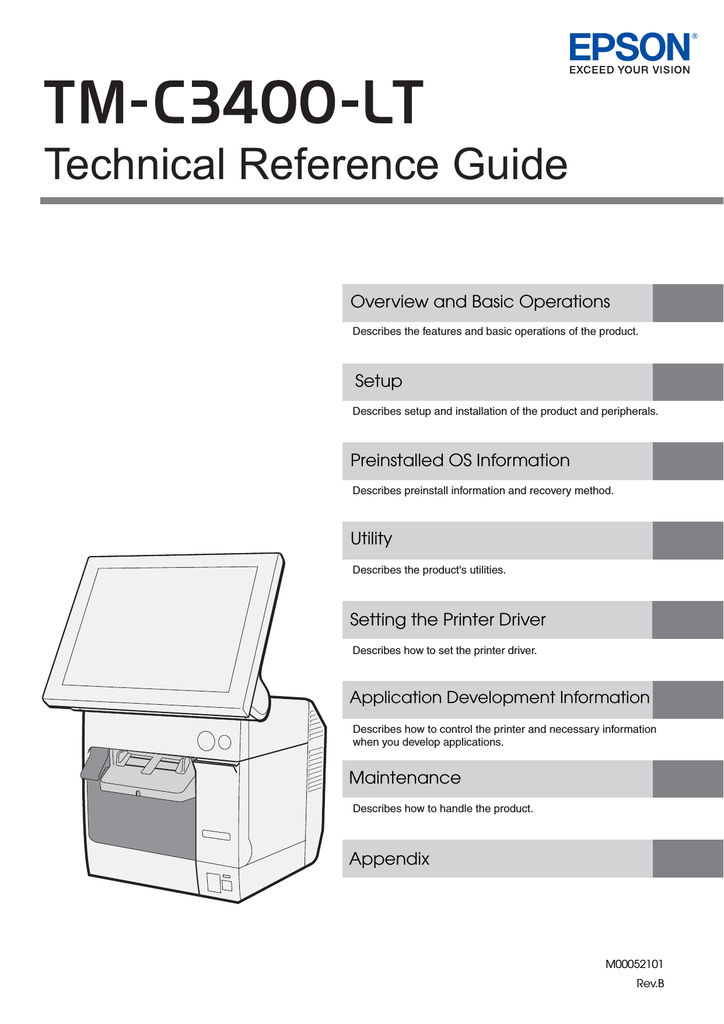Windows Embedded 2009 Posready Multiplication


This technical article provides architecture recommendations for building, deploying, and managing POSReady 2009 images in a retail environment. The Microsoft retail solution utilizes the concept of a store server architecture. In a store server architecture, many store workloads run on a single, multipurpose Windows Server. That server is either virtualized or is on a physical computer running locally. This architecture is designed for use in locations that in most cases do not have dedicated IT resources. All key infrastructure capabilities such as directory services, print services, name resolution, and file sharing that are required by the store are provided in a store server architecture.
Download Update for Windows Embedded POSReady 2009 (KB3055973) from Official Microsoft Download Center. Encyclopedia Witchcraft Demonology Robbins Pdf Editor.
The goal of this document is to outline best practices that enable you to integrate POSReady devices into an existing enterprise desktop management ecosystem. Traditionally, point of service (POS) devices are managed separately from the rest of the enterprise.
This approach has drawbacks, because it requires a dedicated staff and is at times inconsistent with enterprise management practices. You can achieve significant cost savings by implementing the Microsoft store server model as opposed to the traditional stand-alone model. In the store server model, you can enforce key enterprise best practices and customize them to meet retail business requirements. To help you achieve this goal, this guide provides design steps and recommendations that are specific to retail businesses.
These steps and recommendations build upon the existing deployment guidance from Microsoft in the Microsoft Windows Desktop Deployment Resource Kit (see this ) and the documentation for the. Windows Embedded POSReady 2009 is built on the foundation of the Windows XP Professional operating system.
As a result, many of the deployment concepts and practices for POSReady are identical to concepts and practices for Windows XP. This guide will direct you to existing Windows XP documentation where no differences exist between POSReady and Windows XP deployment practices.
This guide is intended primarily for IT professionals who plan, design, and implement retail branch IT infrastructures. The audience for this guide may also include people in the following positions: • Technical decision-makers who determine the appropriate technology solutions for their business.
• IT infrastructure architects who design systems to provide appropriate service levels to meet the business needs of their organizations. • IT application architects who specify the software and hardware used in a branch store environment. • IT operations managers who manage the services that are provided to the branches. • Consultants and partners who recommend or implement privacy and security best practices to achieve Payment Card Industry Data Security Standard compliance for their customers.
In addition, Original Equipment Manufacturers (OEMs) may find this guide useful in helping to deliver packaged hardware/software solutions to retail customers. The terms listed below are used throughout this document. Understanding this terminology will help you better understand the guidance provided in this guide. Term Description Answer File A file that contains the settings and configurations to apply to a Windows image during installation. This file is typically named Unattend.xml, Unattend.txt, or Sysprep.inf. Component A part of the Windows operating system (OS) that specifies the files, resources, and settings for a Windows feature or a part of a Windows feature.
Some components include Windows unattended installation settings that can be used by OEMs and corporations for customization. Configuration Pass A phase of Windows installation. Different parts of the Windows OS are installed in different configuration passes. You can specify Windows unattended installation settings to be applied in one or more configuration passes.
Deployment Point A folder that contains the files required to deploy images to target computers. Distribution Share A folder that contains the source files for Windows products.